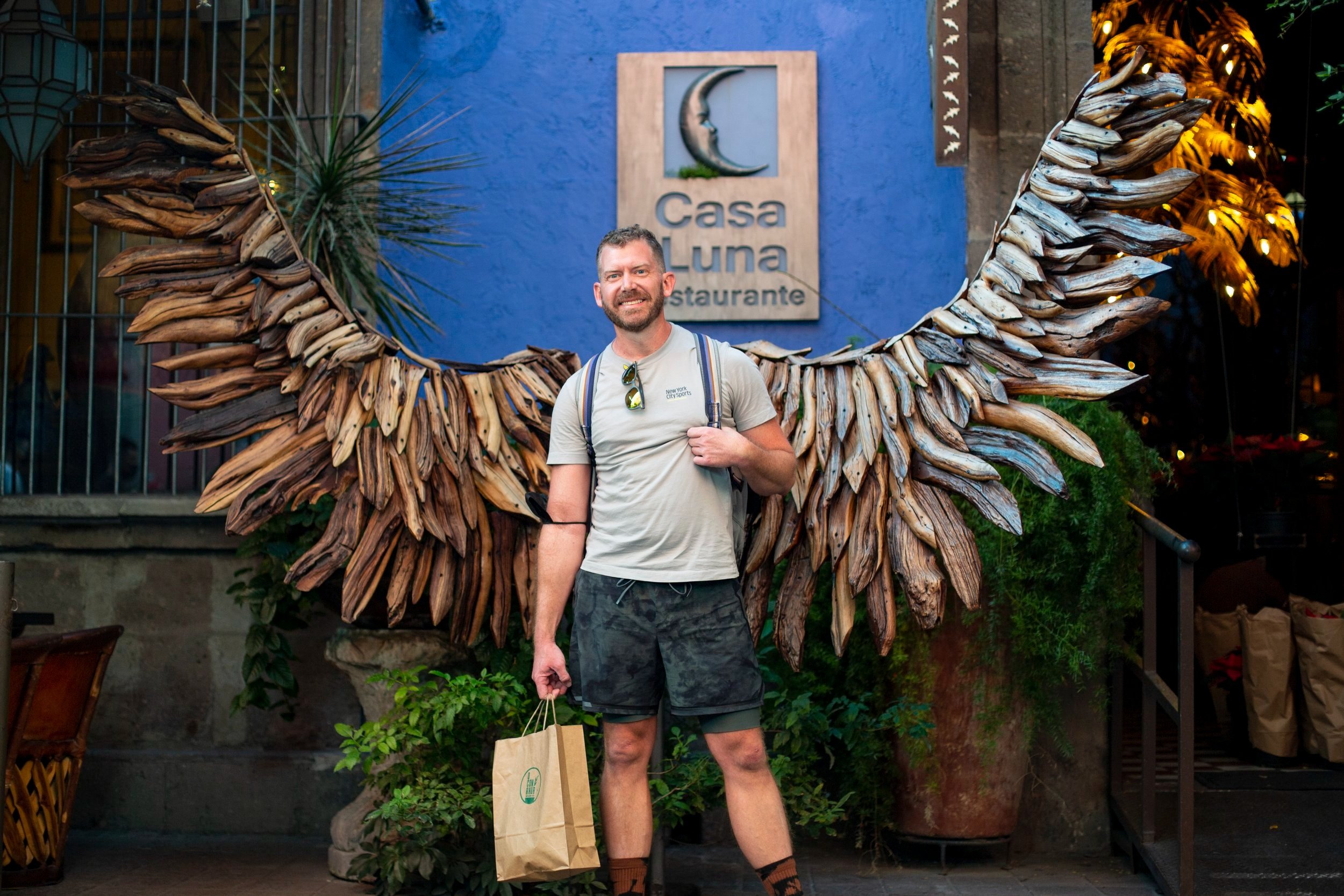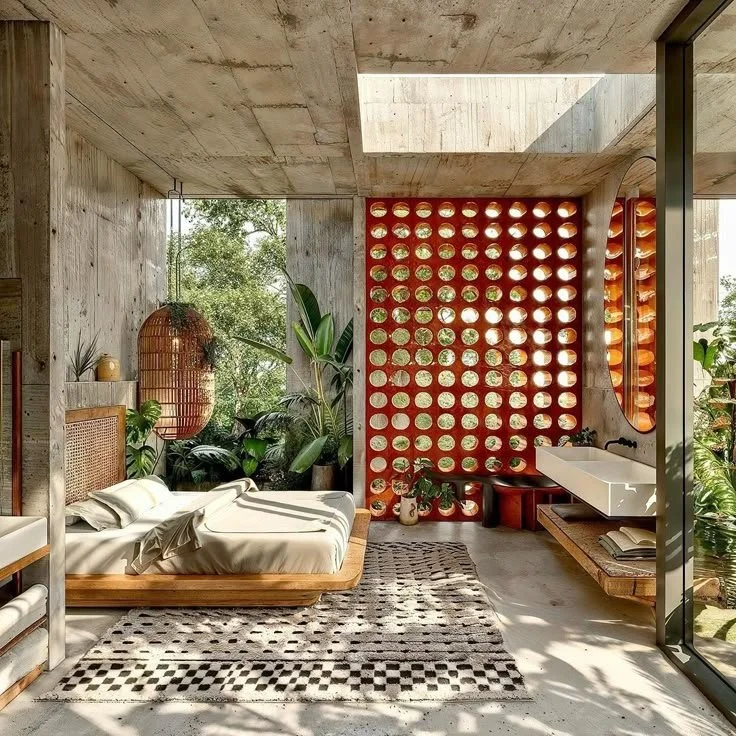Remodeling in Punta Mita: What Every Expat Should Know Before Designing Their Dream Home
Introduction: Welcome to Paradise (and Humidity)
Buying a home in Punta Mita feels a bit like falling in love on vacation — the ocean breeze, the sound of roosters, the endless margaritas that make you think, “We could totally live here.”
And you can. But if you plan to remodel that slice of paradise, you’re also signing up for humidity thick enough to curl steel, salt air that devours appliances, and a rhythm of construction that moves to the beat of banda, not Google Calendar.
This isn’t meant to scare you. Quite the opposite. I’ve helped dozens of Americans and Canadians transform coastal homes into sanctuaries, and I can tell you: it’s absolutely worth it.
You just need to understand how Mexico works — and learn to dance with it instead of fighting the tempo.
1. Why Punta Mita Is the Next Big Design Frontier
Punta Mita isn’t just the resort gates you see on postcards. The town itself — Punta de Mita — is quietly blooming into one of the most exciting design stories in Mexico.
Luxury and local life still mingle here: fishermen mend nets beside new cafés serving oat-milk cappuccinos. What excites me most is that this area is still small enough to evolve the right way — through creative development that celebrates its soul instead of replacing it.
Right now, Punta Mita is teetering on the edge of something extraordinary. Half of what’s being built is bland, beige, and instantly forgettable. The other half is bursting with possibility — projects rooted in craftsmanship, culture, and coastal modernism. The question is which direction homeowners will take it.
2. The Coastal Truth: Nature Is Your Design Partner (and Sometimes Your Enemy)
Humidity & Termites: The Two Tenants You Can’t Evict
If you live near the ocean here, you’re also sharing your home with a micro-climate that’s equal parts spa and survival test. Humidity seeps into everything. Termites throw dinner parties behind your walls.
Choose the right woods — parota, tzalam, cedar, rosa morada, teak — and treat them regularly. Every six months is wise. It’s not paranoia; it’s maintenance.
Salt Air & Concrete
Salt is sneaky. It corrodes rebar from the inside out, so even the skeleton of your home needs protection. When I inspect remodels, I’ve seen steel that looks brand-new on the surface but is quietly rusting beneath the plaster. Good contractors insulate rebar and use proper sealants. It’s not glamorous, but it’s the difference between “solid” and “salvage.”
Wallpaper, Metals & Fabrics
Wallpaper and grass cloth? Forget it. They’ll peel faster than a sunburn in August. Metals rust, drapery rods corrode, and fabrics mildew. The secret isn’t to go synthetic — it’s to go smart. Natural fibers like linen and cotton breathe; polyester blends resist mold. And yes, run your A/C occasionally just to pull moisture out of the air.
In coastal Mexico, humidity is a lifestyle choice.
Storms & Mold: The Slow Drama
Hurricanes rarely hit Punta Mita directly, but storms bring their own lessons. I once left my Puerto Vallarta apartment closed up for two months after a mild storm — when I returned, everything had molded. Even my pillows. The message? Plan for airflow, and don’t skip the dehumidifiers.
3. The Remodeling Process: Mexico’s Rhythm vs. North America’s Clock
If you’re coming from the States or Canada, you’re used to deposits, contracts, and invoices with neat line items. Mexico does things differently.
Payday Fridays
Most contractors and albañiles (construction teams) expect to be paid weekly — at the end of each week — and you won’t always know the exact number until that Friday. It’s not chaos; it’s culture. Material prices fluctuate, labor adjusts, and people expect to settle up promptly.
When managed well, this system actually keeps work moving faster.
For remote clients, I usually handle these payments directly, keeping detailed running totals. It gives my American clients structure while letting the local teams work the way they do best.
The Concrete Reality
In Mexico, almost everything is concrete. That means when a client asks for ten outlets in one room, we’re literally chiseling walls open to make it happen. It’s doable — but slower, louder, and dustier than anything you’ve seen on HGTV.
Concrete also means design decisions need to happen early. Moving a wall isn’t a “weekend project.” It’s a demolition opera.
Start with a Designer (Trust Me)
Every project should start with a designer who understands both the aesthetic and the logistics.
Architects here often lead construction, but their focus can lean heavily toward form — sometimes ego-driven form. A designer acts as the translator between what looks good, what functions, and what the client actually asked for.
A great contractor can build beautifully, but without cohesive design direction, the result can feel disjointed. The right designer keeps it all symbiotic — systems, structure, and lifestyle.
Flexibility: The Real Skill
Foreign homeowners who thrive here all share one thing: adaptability. The ones who don’t usually come in trying to replicate an American remodel, complete with rigid deadlines and emotional meltdowns when something shifts.
Mexico rewards patience and humor.
I moved here during COVID, and somewhere between the humidity and the power outages, I stopped being a control freak. Now, when a delivery truck arrives two days late, I just pour a tequila and trust it’ll show up on the third.
If you can laugh at the delays, you’ll love the outcome.
4. Budgets & Reality Checks: What It Actually Costs
Here’s what remodeling and furnishing a home in Punta Mita looks like in 2025 pesos:
For a full luxury remodel and furnishing package, plan for ≈ 30,000–46,000 MXN/m² combined.
These are among the highest costs in Mexico — not because everyone’s inflating prices, but because coastal logistics, labor, and luxury expectations converge here.
Pro Tips:
Budget a 10% contingency for surprises (they’ll happen).
Prioritize structure and core furnishings first; decorative layers can wait.
Direct vendor relationships can save 35–50% versus retail while improving quality.
5. Guadalajara vs. the Coast: Where to Source
This one always surprises new homeowners. The same furniture piece that costs ₱20,000 MXN in Guadalajara might be ₱200,000 MXN at a beach showroom — if you can even find it.
Coastal stores often cater to impulse buyers with resort budgets. In contrast, Guadalajara’s workshops and showrooms offer custom fabrication, proper finishes, and far better pricing.
The trade-off? Logistics.
Delivery from Guadalajara to Punta Mita adds cost and coordination, and — the part no one mentions — there’s almost no long-term storage on the coast. Most pieces need to be collected within five days of completion. That’s why I maintain a storage system in Guadalajara; it lets us hold finished furniture until a site is ready for installation.
I also keep everything domestic. Ninety-five percent of what we specify is made in Mexico. The craftsmanship is outstanding, and it avoids import taxes and delays. Occasionally I’ll import natural fabrics — linen, wool, cotton — but only when local sources can’t match the quality or price.
6. Delivery & Installation: The Last Mile
White-glove delivery is possible — and essential — but it looks a bit different here.
For most projects, we work with a handful of trusted moving teams who know coastal conditions and can unpack, assemble, and stage each piece correctly. About a quarter of the time, my own team handles the installation personally, especially in locations where local logistics are tricky (Cabo, Zipolite, Guerrero).
When it’s done right, clients arrive to a move-in-ready home — art hung, beds dressed, candles lit — and wonder how the chaos ever turned into calm.
7. Mindset: Why You’ll Love (and Learn From) Mexico
Remodeling in Mexico isn’t just a design project; it’s a personality workshop.
It teaches flexibility, gratitude, and humor in the face of unpredictability.
When workers show up late but still manage to laugh and sing through the day, you realize they know something Americans forget — that joy is productive.
Every project here is a collaboration between people, nature, and patience.
If you can embrace that, you’ll end up with a home that doesn’t just look beautiful — it feels alive.
Conclusion: Let the Process Work Its Magic
Remodeling in Punta Mita is equal parts art, logistics, and surrender. The humidity will test your finishes, the payment system will test your trust, and the timeline will test your nerves. But if you let Mexico teach you how to breathe and adapt, you’ll get something no spreadsheet can deliver: a home infused with soul, culture, and sunlight.
When you’re ready to start your project, whether you’re remodeling an existing property or designing from the ground up, Forrest Glover Design can help bridge the worlds of American precision and Mexican artistry — guiding you toward a home that truly belongs in Punta Mita.
FAQ
1. How long does a remodel in Punta Mita usually take?
Timelines vary, but expect at least 4–6 months for medium projects once designs are approved. Concrete construction, weather, and permitting often extend schedules.
2. Is it cheaper to furnish locally or from Guadalajara?
Guadalajara is almost always more cost-effective and offers greater customization. Coastal showrooms can charge 5–10 × more for the same quality.
3. Do I need a local bank account for payments?
Not necessarily. Many designers or property managers facilitate weekly payments to contractors on behalf of clients, ensuring everyone is paid promptly.
4. Can I import my own furniture from the U.S.?
You can, but customs, shipping damage, and import fees usually make it impractical. Mexican-made furniture is high quality and faster to replace or repair.
5. What’s the biggest mistake expats make when remodeling in Mexico?
Trying to control the process like it’s the U.S. The key is communication, trust, and flexibility. Mexico rewards patience — and humor.
Remodeling in Punta Mita isn’t just about building a home; it’s about building a new rhythm of life.




